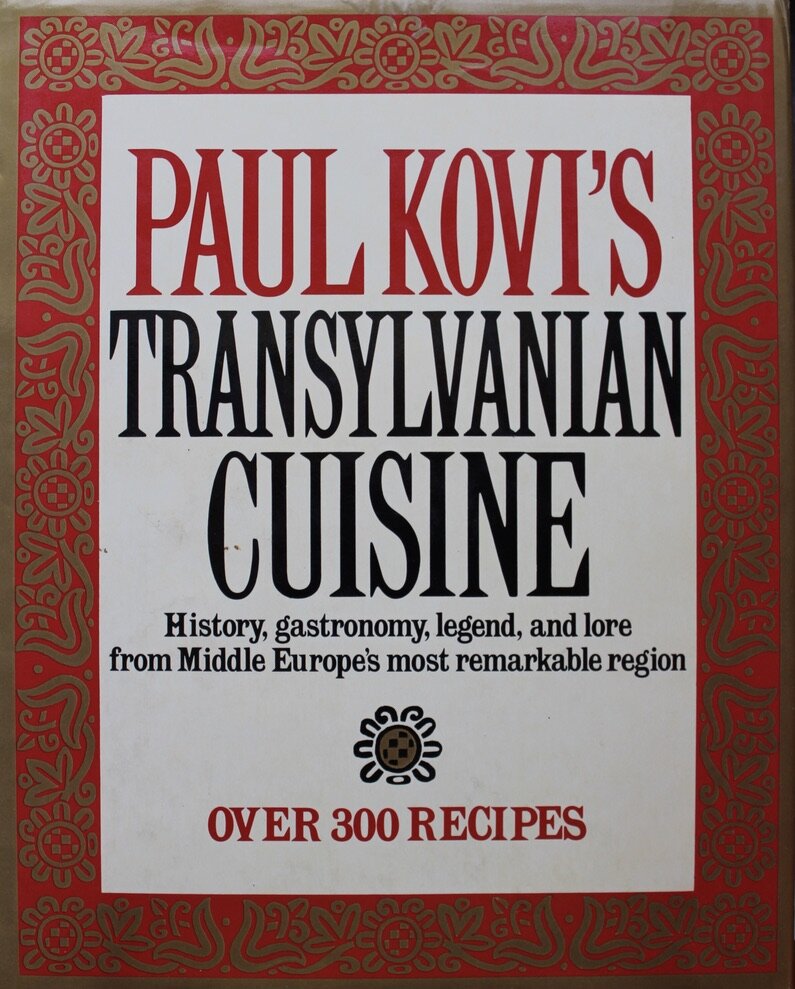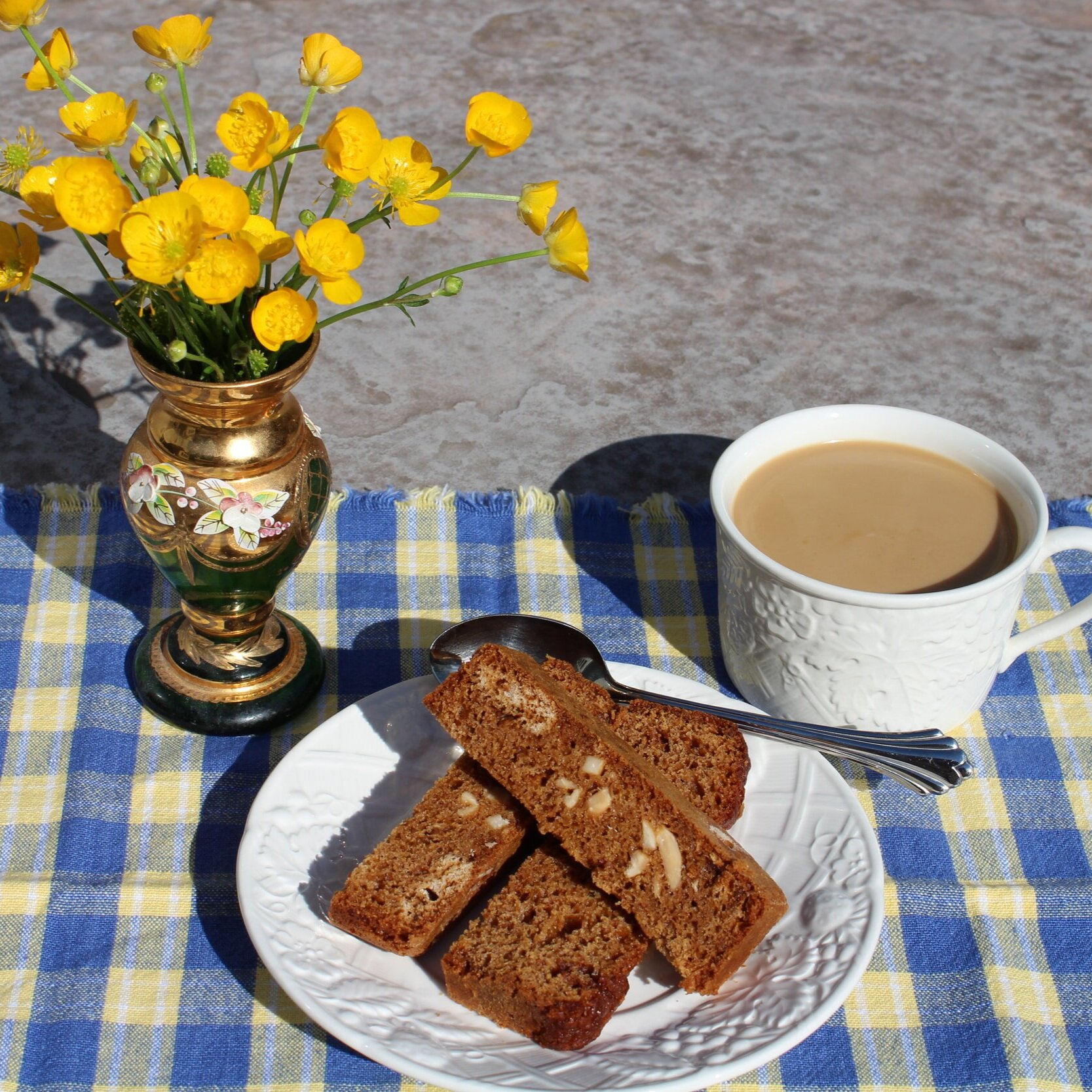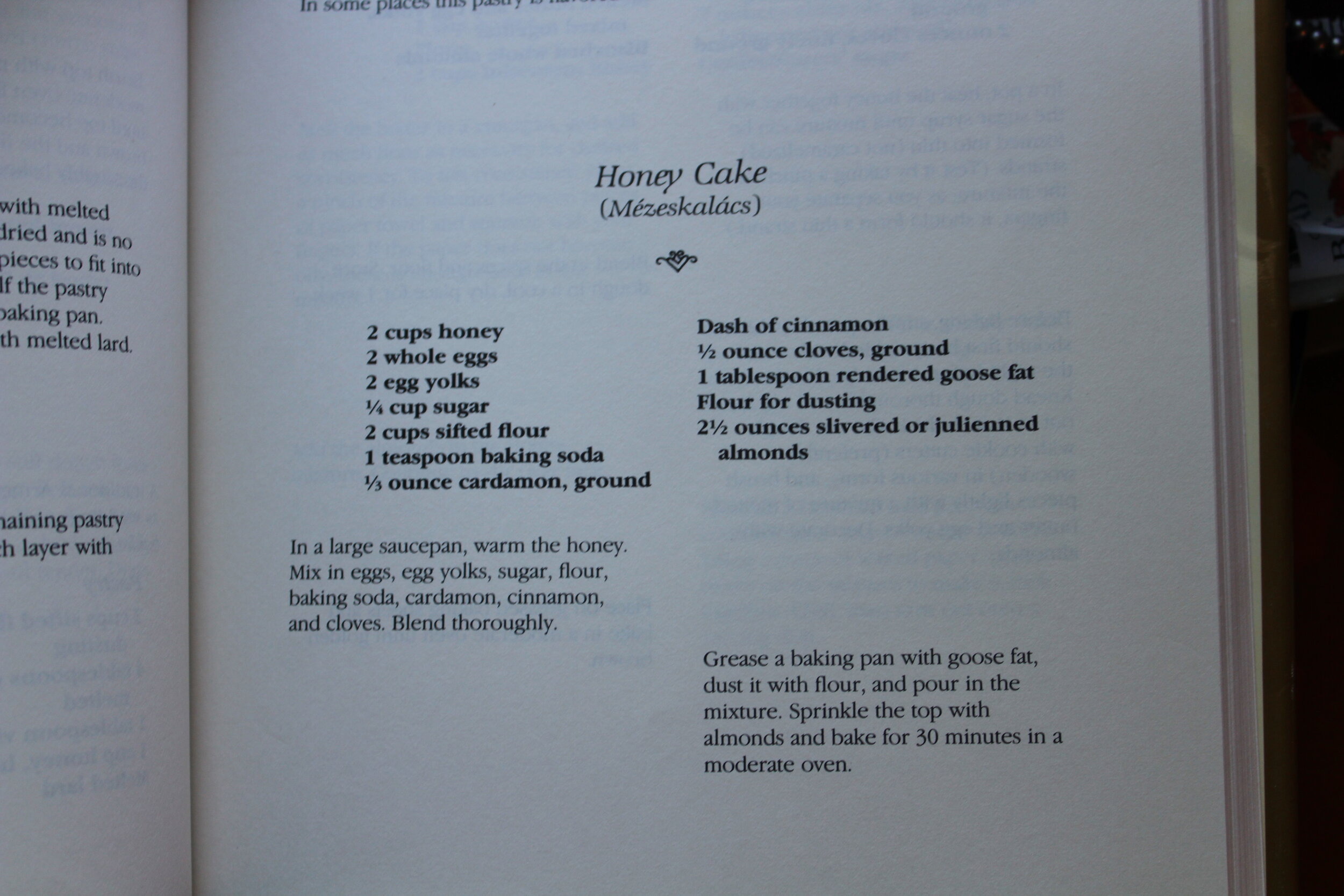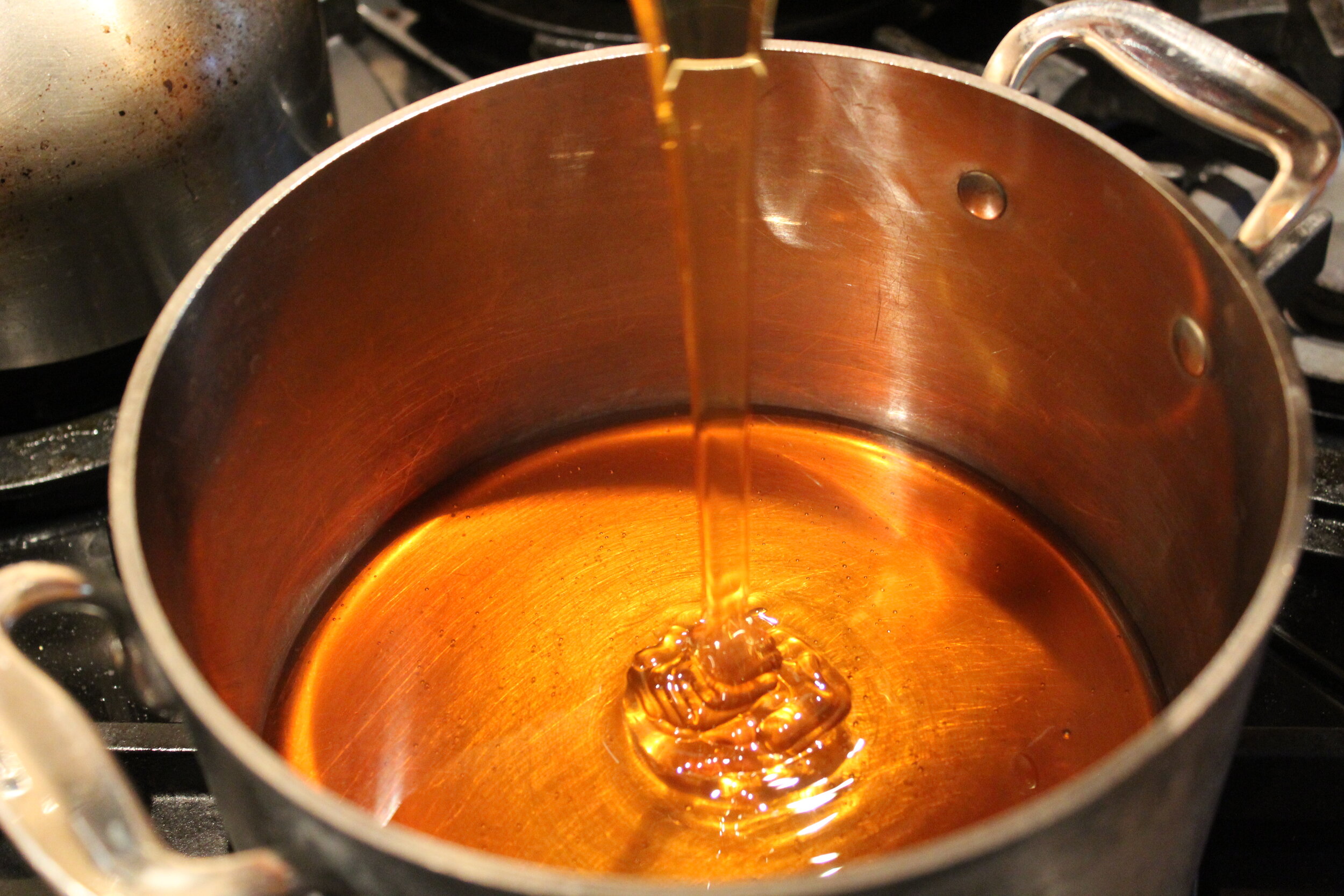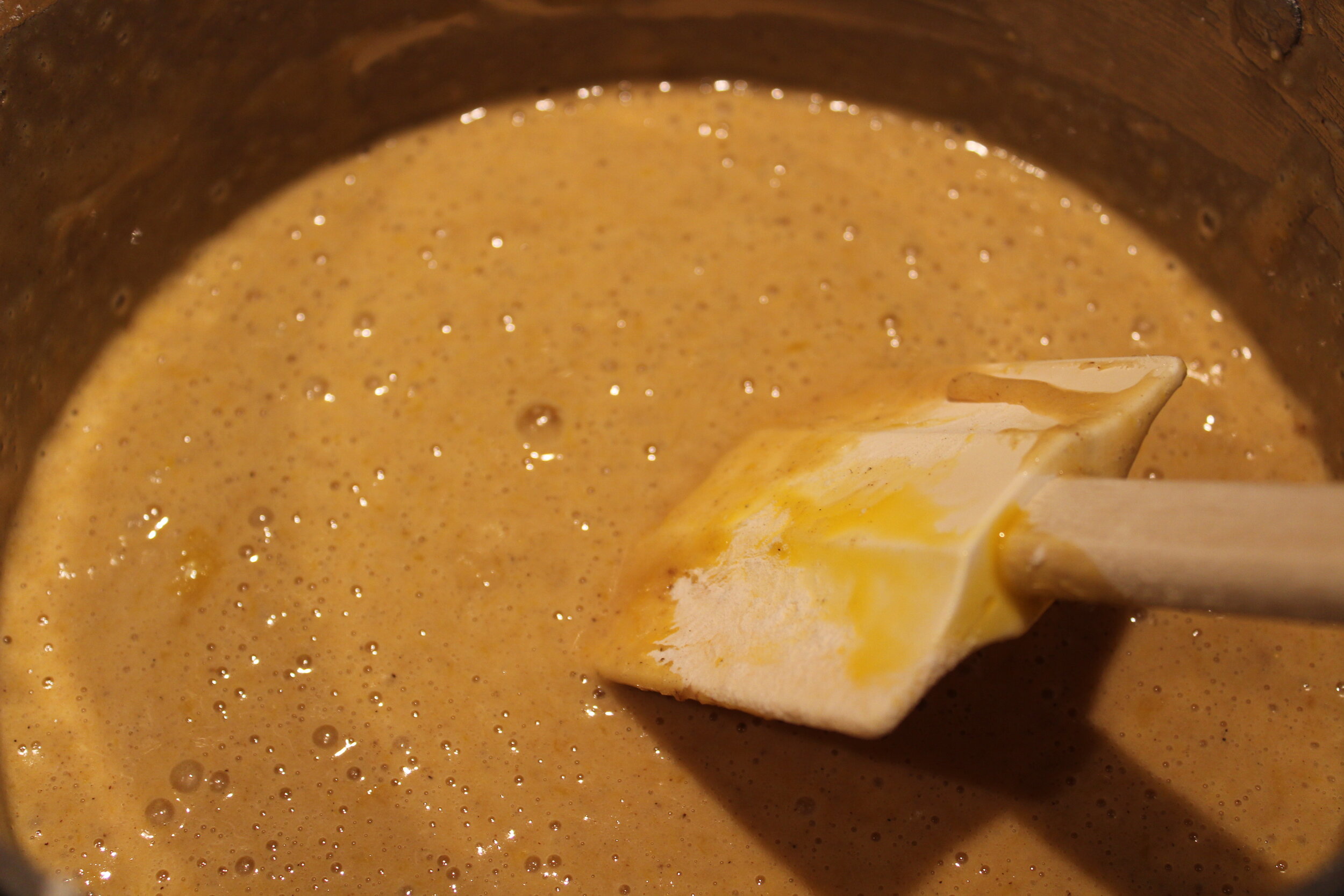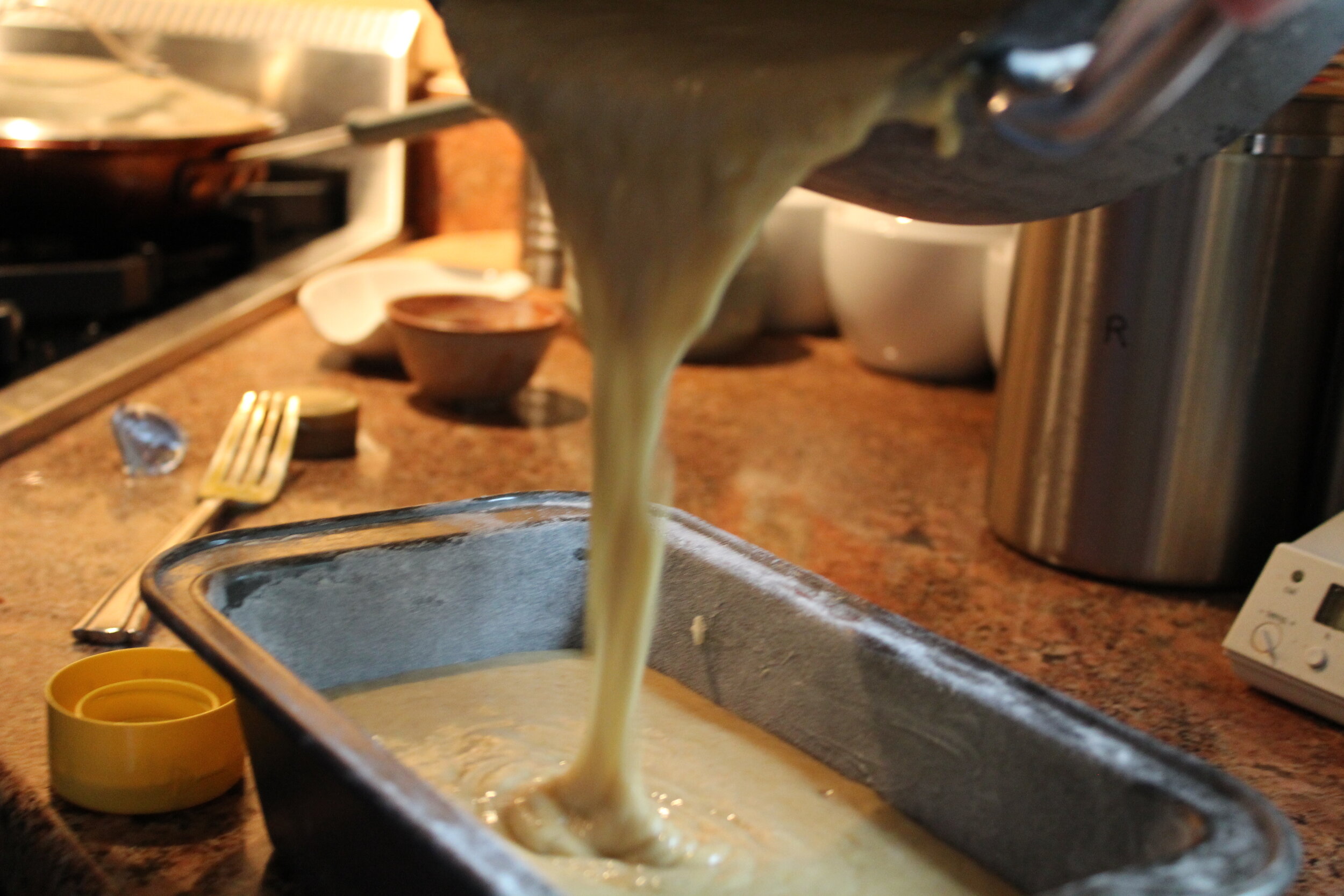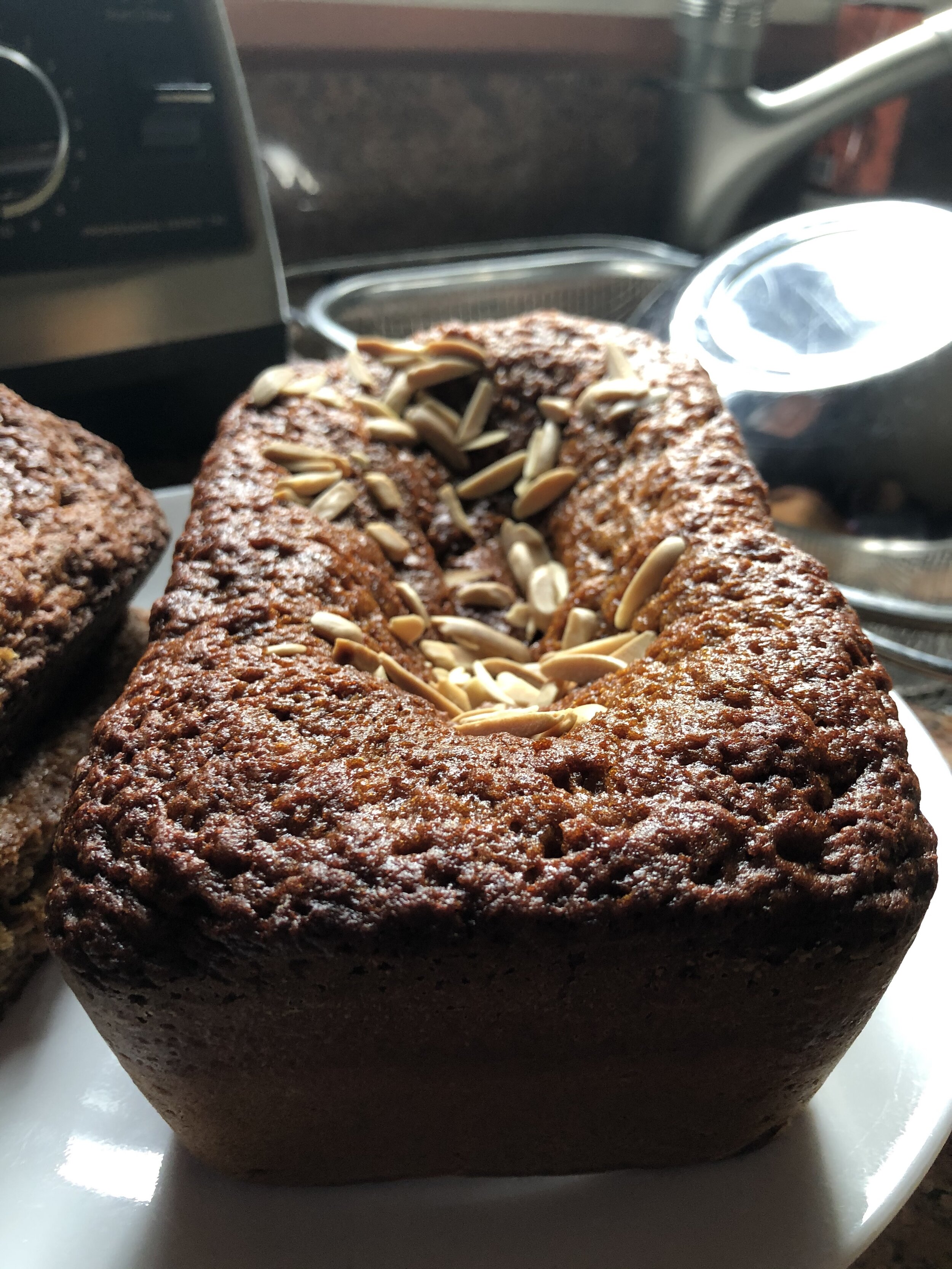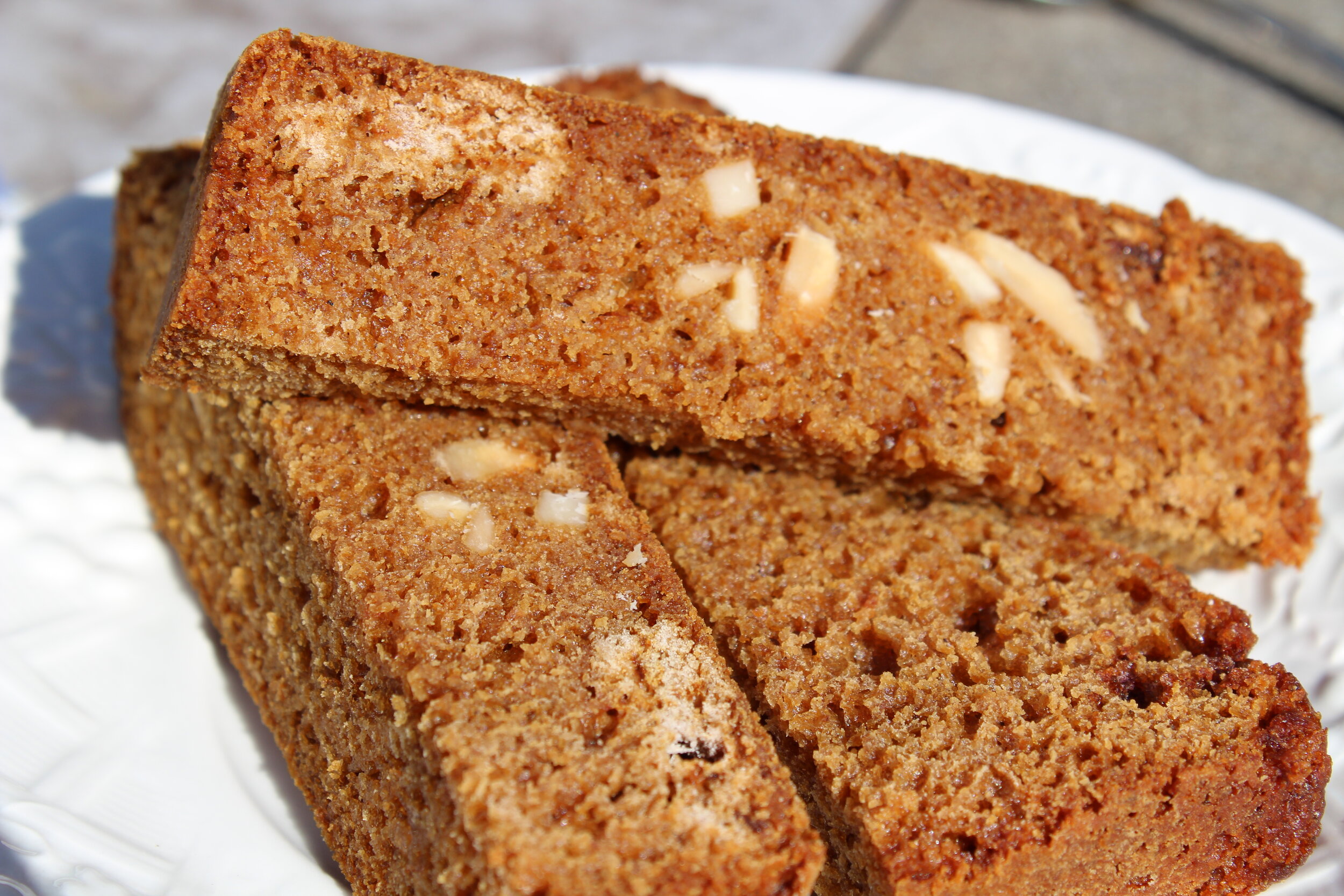Transylvanian Cuisine
I’ve had Paul Kovi’s TRANSYLVANIAN CUISINE: History, gastronomy, legend, and lore from Middle Europe’s most remarkable region on my bookshelf since the late ‘80s. Periodically, I thumbed through and ogled recipes for Lung Ragout, Slushy Cabbage, Calf’s Brains with mushrooms, and of course, Stuffed Bear’s Foot. With recipes like these, it’s easy to understand why this region is the inspiration for so many legends and fairy tales. Even its name evokes something otherworldly. Translated from trans silvae, it means “the land behind the forests” and boasts seventy-seven castles.
Transylvania lies within the borders of present day Romania but its culture is an amalgamation of Romanians, Hungarians, Saxons, Ottomans, Jews, and Romani. These ethnicities coexisted peacefully for centuries. Though they influenced each other’s cultures, each still retained their own distinctive characteristics. What they all have in common is that their culinary habits are defined by “practicality, simplicity, and common sense.”
The ingredients tell the story of a dark wild place: mushrooms, dandelions, beets, pike, carp, goose, partridge, mutton, goat, hare, venison, boar. This volume is as much a cultural history as a cookbook. Even Kovi, the author, admitted he never expected anyone to make Stuffed Bear Foot. Many recipes are included to create a portrait of a time and a people that is quickly disappearing.
When I decided to cook something from these pages, I skipped the chapter entitled “Innards,” and landed on a safe honey cake. To follow the recipe, I assumed a moderate oven to be 350 degrees. My internet research showed one ounce of powered spice is equal to 6 teaspoons, so 1/3 ounce of cardamon is 2 teaspoons, 1/2 ounce of clove is 3 teaspoons. I interpreted a “dash of cinnamon” to be half a teaspoon. The size of pan was not specified so I filled a loaf pan prepped with butter (sorry, no goose fat) and flour about 2/3 full (extra batter was baked separately). I sprinkled the top with almonds. It took about 50 minutes and at some point, the center completely cratered.
After a bit of internet sleuthing, I determined the cratering probably occurred because my oven was too hot and because I checked the loaf too early. Also, I’m pretty sure my almonds acted like anchors as most of them sunk to the middle of the loaf.
The good news is that all the problems are merely cosmetic. I let the loaf sit for a day before I tried it. The flavor is sweet, but complex. It isn’t nearly as sticky as I thought it would be considering the two cups of honey. The texture is dense enough to cut into “sticks” for dunking in tea or coffee.
In its native land, I imagine cake this Honey Cake would have been wrapped in burlap, stuffed into a rucksack, and devoured at a trailside campsite after a day of hard travel over rough landscape, a memory of a warm fireplace awaiting their return with every bite.

